Understanding the greenhouse gas emissions of different SAF pathways
Consultant report
Soil organic carbon accumulation due to on-farm practices
U.S. policies like the 45Z Clean Fuel Production tax credit provide incentives for farmers to apply practices that sequester soil organic carbon (SOC) to reduce greenhouse gas emissions. Future revisions to state-level low carbon fuel standards and a proposed national-scale clean fuel standard could include further incentives for these practices. Because of the potential of SOC for meaningful climate mitigation, it is imperative that SOC estimates are accurate and reliable.
This report from the Schatz Energy Research Center at California State Polytechnic University in Humboldt examines how SOC sequestration is affected by three conservation strategies: cover cropping, no-tillage, and reduced-tillage farming. Using modeling, the study estimates how much carbon these practices can add to the soil and tests the reliability and sensitivity of these estimates to parameters such as historical land use, soil type, and how consistently conservation strategies are applied. The study also compares model predictions to real-world measurements.
The report finds that conservation strategies like cover cropping and no-till farming can help soils store carbon, but the captured amount is uncertain and depends on many factors. Policies that reward these strategies need careful verification, and the following key findings should be considered:
- When cultivation practices are being credited for SOC accumulation based on model results, verifying the results with empirical data is necessary. Modeling results don’t adequately represent the variability that is seen across the landscape of crop production.
- Modeling results are very sensitive to assumptions of historic land use, fertilizer application rates, consistency of practice implementation and avoided cultivation management practices.
- Subjective methodological decisions have significant impacts on the modeled net carbon sequestration outcome. These include the timeframe of analysis, carbon pools considered, consistency of practice implementation, and whether carbon sequestration results are normalized to production or area of cropland. Modeling methods and incentive guidelines must be aligned to ensure modeled carbon sequestration benefits are actualized.
Review factsheet here.
